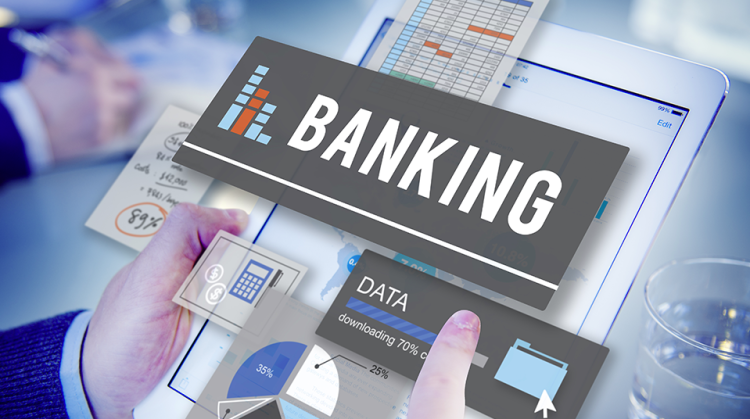Blockchain technology is redefining the foundations of the financial industry, particularly in how payments and settlements are processed. Traditionally, these processes have been reliant on centralized institutions, manual verification, and legacy infrastructure that can be slow, costly, and opaque. Blockchain introduces a decentralized, secure, and transparent alternative that promises to make financial transactions faster, cheaper, and more reliable.
This article explores how blockchain is reshaping payment and settlement systems and what it means for the future of finance.
1. Eliminating Intermediaries in Cross-Border Payments
Traditional cross-border payments often involve multiple intermediaries such as correspondent banks, clearinghouses, and local financial institutions. Each intermediary introduces delays, fees, and the potential for reconciliation errors.
Blockchain enables peer-to-peer value transfers across borders without the need for intermediaries. By using decentralized ledgers, transactions can be initiated and verified directly between parties, with settlement times reduced from several days to mere minutes or even seconds.
For example, networks like Ripple (XRP Ledger) facilitate real-time gross settlement and currency exchange across countries, allowing banks and financial institutions to conduct low-cost international transactions efficiently.
2. Real-Time Settlement and Reduced Counterparty Risk
In traditional finance, payments are often settled in batches at the end of a trading day, or even later. This introduces settlement risk, where one party may default before a transaction is completed. In securities trading, this is referred to as “T+2” or “T+3” settlement, meaning final settlement occurs two or three days after the trade.
Blockchain enables real-time settlement (T+0) by ensuring that transaction data and ownership changes are recorded simultaneously on a distributed ledger. Once a transaction is validated and added to the blockchain, it is irreversible and final. This significantly reduces counterparty risk and eliminates the need for post-transaction reconciliation.
3. Programmable Payments via Smart Contracts
Smart contracts are self-executing programs on the blockchain that trigger actions when predefined conditions are met. In the context of payments, they enable automated, conditional transfers of value.
This has a range of applications in financial services, such as:
- Escrow services, where funds are only released once contractual conditions are satisfied
- Insurance payouts, where claims can be verified and paid automatically based on oracles and data inputs
- Subscription payments, where recurring payments can be automated with minimal overhead
These programmable features reduce administrative burden, improve transparency, and lower the risk of fraud.
4. Enhanced Transparency and Auditability
Blockchain’s distributed ledger ensures that all transactions are recorded in a shared, tamper-proof system. This creates an immutable history of payments and settlements that is transparent to authorized participants.
This feature greatly improves auditability and compliance in the financial industry. Regulators and auditors can access real-time transaction records to monitor activity, reducing the need for costly and time-consuming audits. Additionally, participants can verify transactions independently without relying on a central authority, improving trust and operational efficiency.
5. Cost Efficiency and Operational Streamlining
Current financial infrastructures are expensive to maintain due to layers of legacy systems, human labor, and paper-based verification processes. Blockchain can streamline operations by automating key functions such as:
- Transaction verification
- Record-keeping
- Reconciliation
- Compliance checks
This leads to significant cost savings over time, especially for institutions handling high transaction volumes. A 2019 report by Banco Santander estimated that blockchain could reduce banks’ infrastructure costs by $15–20 billion annually by 2025.

6. Financial Inclusion and Access to Digital Payments
Blockchain also plays a vital role in expanding access to financial services for underserved populations. Traditional banking infrastructure is often inaccessible in remote or economically marginalized regions. Blockchain-based solutions, particularly through mobile devices and decentralized platforms, allow individuals to:
- Send and receive payments without a traditional bank account
- Access digital wallets and stablecoins for everyday transactions
- Participate in global digital economies with minimal barriers
These capabilities promote financial inclusion, bringing more people into the formal financial system and enabling broader economic participation.
7. Integration with Central Bank Digital Currencies (CBDCs)
Central banks around the world are actively researching and piloting CBDCs, which are digital forms of national currencies issued on blockchain or distributed ledger technologies. CBDCs can bring blockchain’s benefits—speed, traceability, programmability—to fiat currencies in a controlled, regulated manner.
In a CBDC environment, settlement between institutions or consumers could happen in near real-time, with full audit trails and programmable monetary policies. This represents a profound shift in how governments and financial institutions manage money flows.
Conclusion
Blockchain is fundamentally transforming the payment and settlement mechanisms of the financial industry. By reducing reliance on intermediaries, enabling real-time transactions, and offering greater transparency and efficiency, blockchain addresses many of the limitations of traditional systems.
While widespread adoption still faces challenges—such as regulatory uncertainty, interoperability, and scalability—the momentum is clear. Financial institutions that embrace blockchain stand to benefit from faster settlements, lower costs, and improved customer experiences, positioning themselves for long-term competitiveness in a digital-first economy.
















































